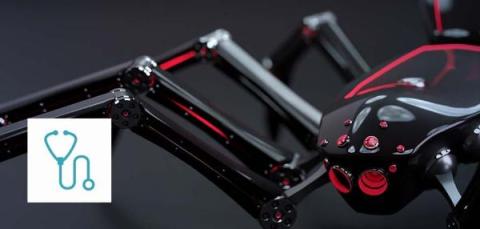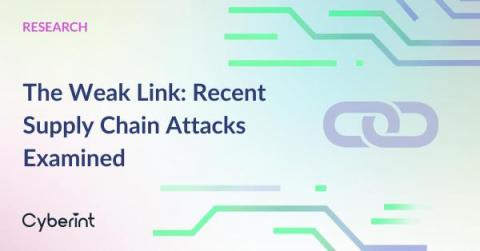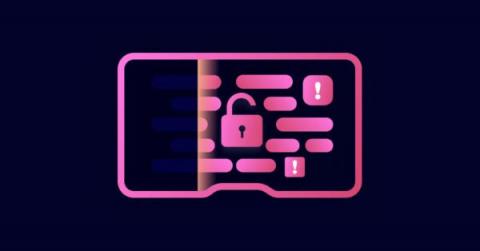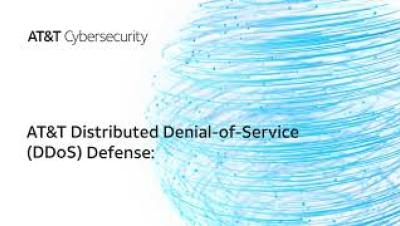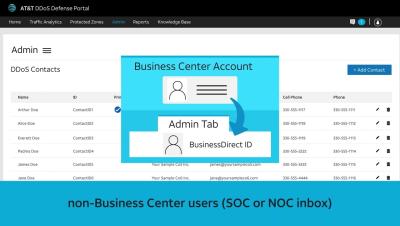Cookies Beyond Browsers: How Session-Based Attacks Are Evolving
In the past few years, we have witnessed a significant shift in the attack landscape, from stealing clear text credentials to targeting session-based authentication. This trend is driven by the proliferation of multi-factor authentication (MFA), which makes it harder for attackers to compromise accounts with just passwords.





